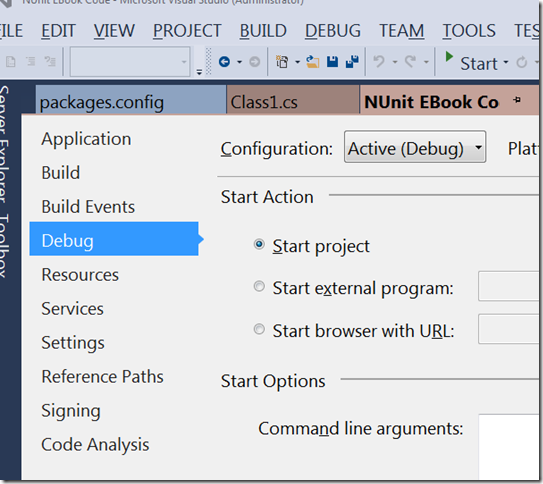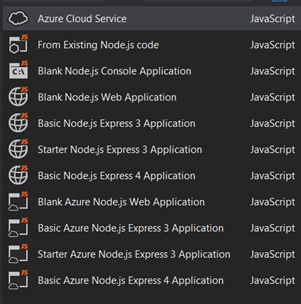For the purposes of this post, I’m going to assume that you already have the NUnit Test Runner installed. The question you are looking to get answered is, “How do I run NUnit from Visual Studio” or even more importantly, “How do I DEBUG NUnit test from Visual Studio”. The following step by step should help you.
Right click on the project in Solution Explorer that represents your test project.
From the resulting menu, select “Properties.” In the resulting window, select the “Debug” tab from the left-hand side of the window.

You will want to select “Start external program” and point it to the UNnit runner that got installed when you installed NUnit.
Now, whenever you run this project, with or without the debugger, NUnit will start up.
Note: there is no reason to pass parameters telling it what DLL you want to run because it will load the last DLL it had up.
But, if you wanted to do that, you could pass the location of the DLL as a parameter to the GUI runner.
There are other parameters you can use.
Read More








